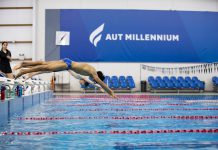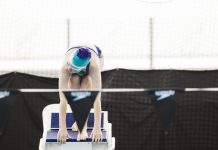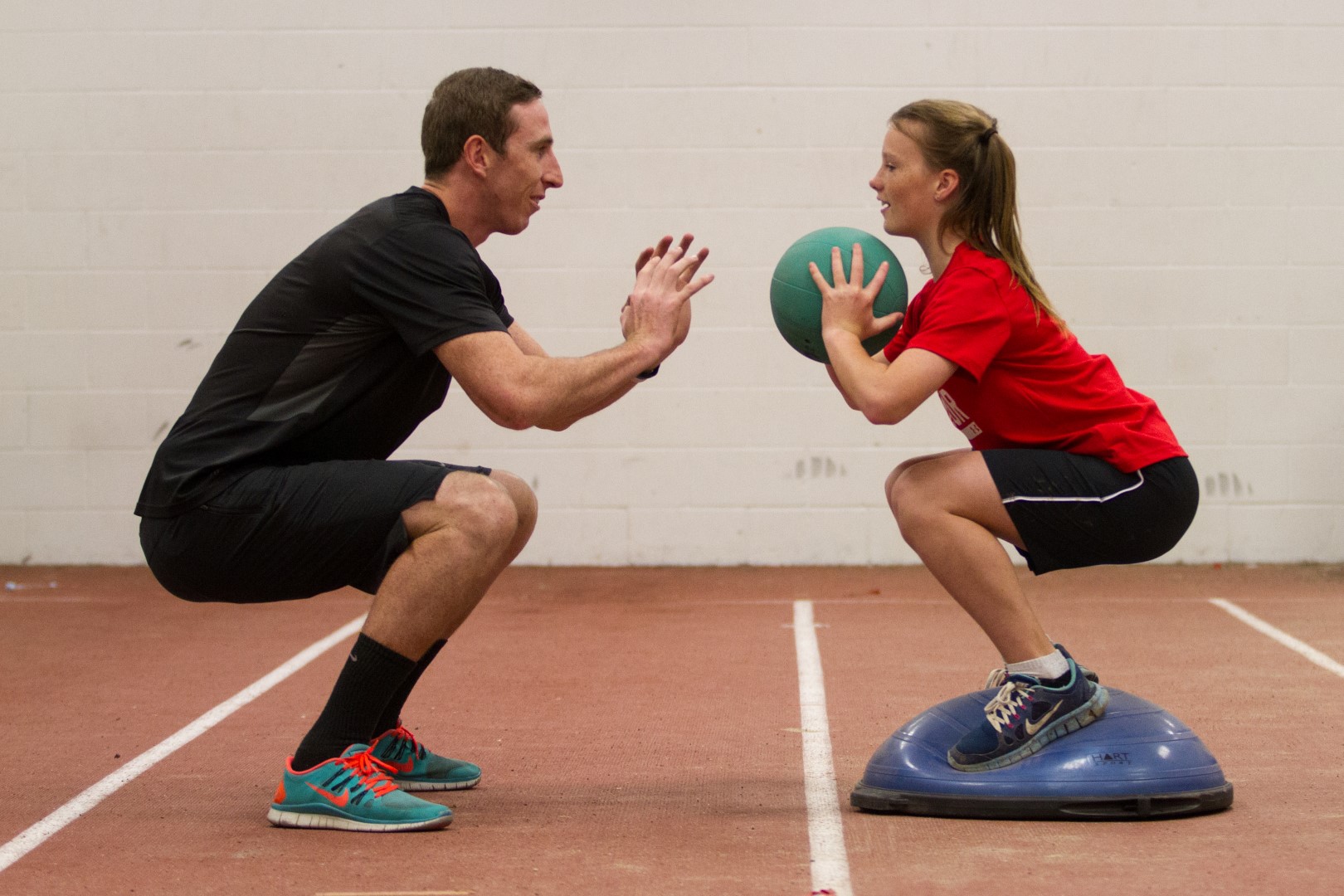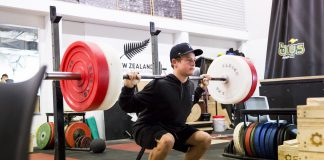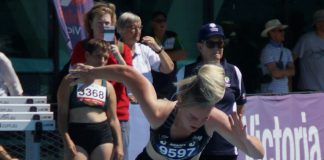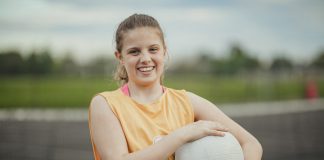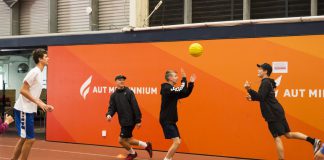Previously I’ve introduced the concept of fundamental movement skills as a critical cog in the athlete development wheel.
The requirements of physical sports performance are unpinned by fundamental movement skill ability. This means that the development of most sport-specific skills will be determined by how well you can perform basic movement competencies.
Fundamental movement skills include locomotion skills, such as running, hopping, skipping and jumping; body stabilisation and awareness skills, such as twisting, reaching, falling and stopping; and manipulative skills, such as throwing, catching and kicking.
Performing these skills is one thing. However, to execute them correctly and efficiently, to the point required for injury-free and successful sport performance, is another thing altogether.
To do this we need to look more closely at what exactly makes up the fundamental movement skills.
Foundation Movements
There are 7 foundation movements.
Squat. Lunge. Push. Pull. Hinge. Brace. Rotate.
These 7 movements provide the biomechanical underpinning to the fundamental movement skills and, in turn, sport-specific skills. For example, to dunk a basketball you need to be able to jump. But to jump well you MUST be able to squat.
Foundation movements naturally develop during infancy and reach maturity around 5-7 years. However, how effectively they develop depends on a couple of important things: 1) exposure to the right reasons to move, and 2) the type of environment in which the movements then take place. I’ll take about this more in an upcoming post.
So, when is comes to sports performance, it’s how you move that matters most.
Why? Perfecting the foundation movements is essential to advance your development, maximise performance, and reduce your risk of injury.
Most young athletes I see struggle to do the foundation movements well. They can perform something that resembles the correct movement patterns but very few have the motor control, strength and mobility to do them properly. Or the patience, drive and discipline to learn.
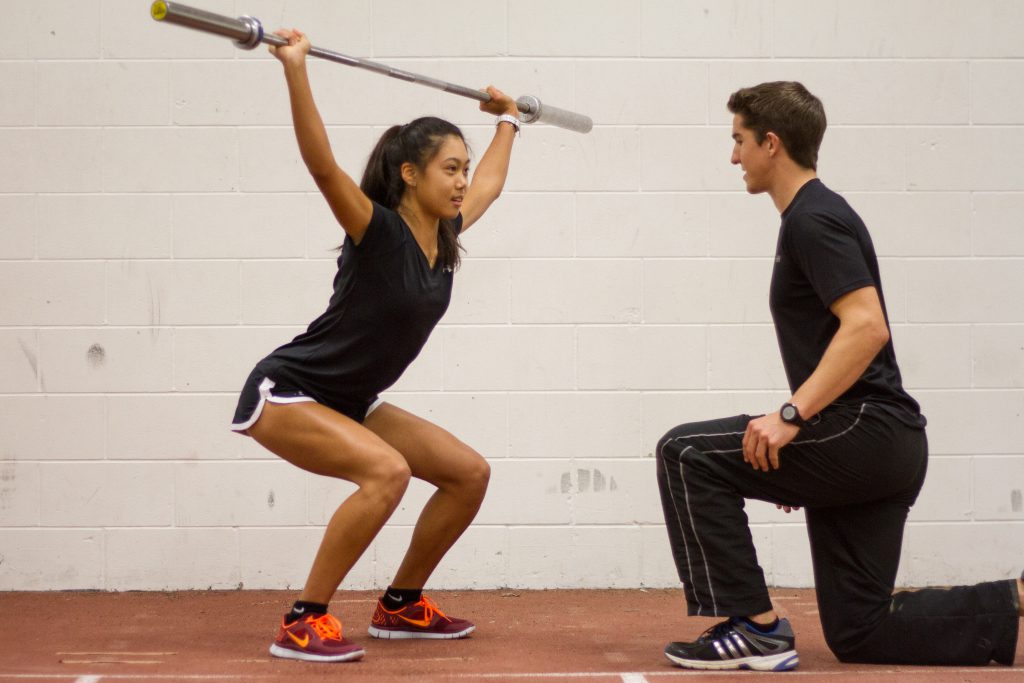
The Squat
The squat is a foundation movement required for most athletic pursuits. It’s the main driver for many powerful movements requiring the lower extremities.
Executing a good squat allows your best performance of certain sports skill when it’s called on. Done properly is teaches ‘triple extension’ – the ability to coordination movement of the hip, knee and ankle in the right way to produce maximal force.
Take for example jumping high into the air to catch a ball, quickly changing direction to beat an opposing player, or exploding from a strong athletic position (i.e. lowered with evenly distributed weight) to tackle effectively.
A proficient squat will also reduce your risk of injury by improving your balance, strengthening your core and glute muscles to take unwanted load off the back and knees, aligning your hips to promote equal muscle strength, and reinforcing the mobility of your ankles, knees, hips and back.
Sports Performance – Bringing it Together
Performing well is sport requires effective execution of specific skills.
The hockey attacker must be in the right position at the right time to take the pass, control the ball on the first touch, and then strike it forcefully and accurately to score the goal.
The BMX rider must balance their body in a strong position over their bike, push down hard through the pedals to get off the mark quickly, while jostling with opposition riders for space to win the start.
And the netball defender must move quickly through the circle keeping a close eye on the ball and their opposition, find their distance, then jump or lean without contacting to stop the goal from being scored.
Irrespective of sport, sport-specific skills are acquired and developed much more successfully when your foundation movements are proficient.
Be the best you can be,
Craig













